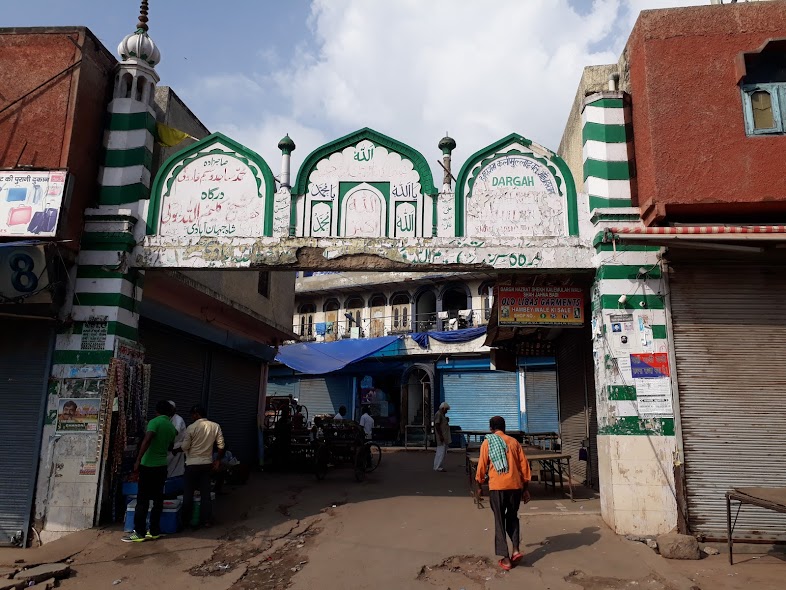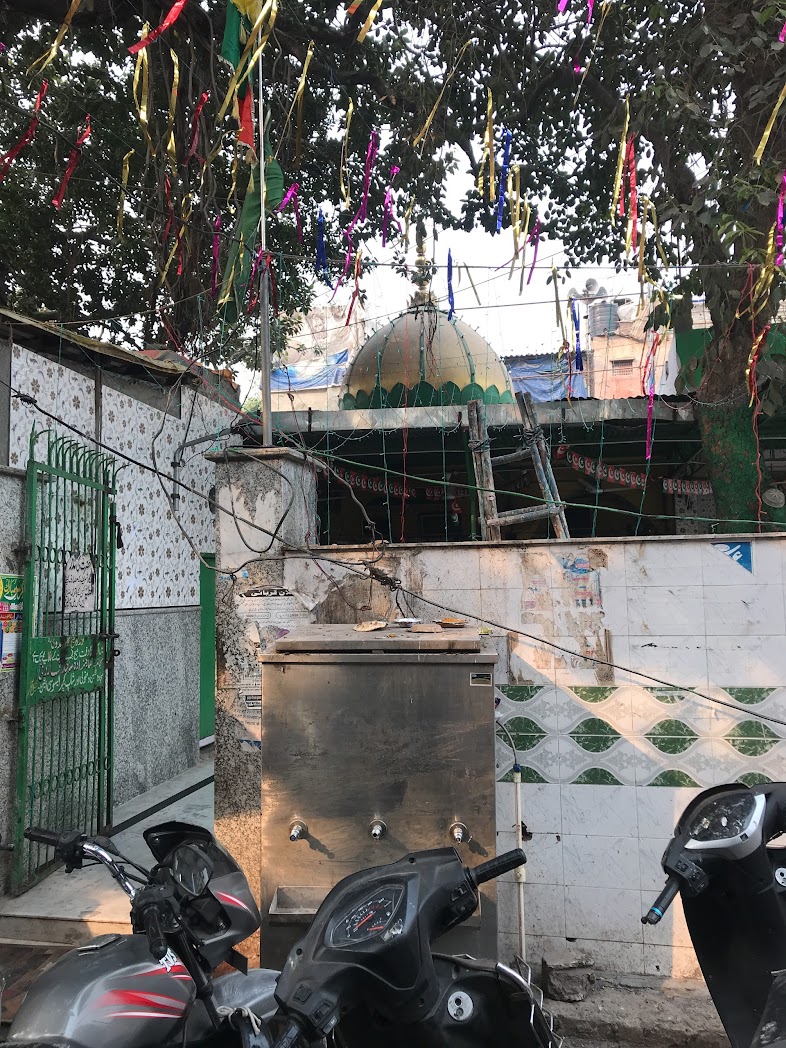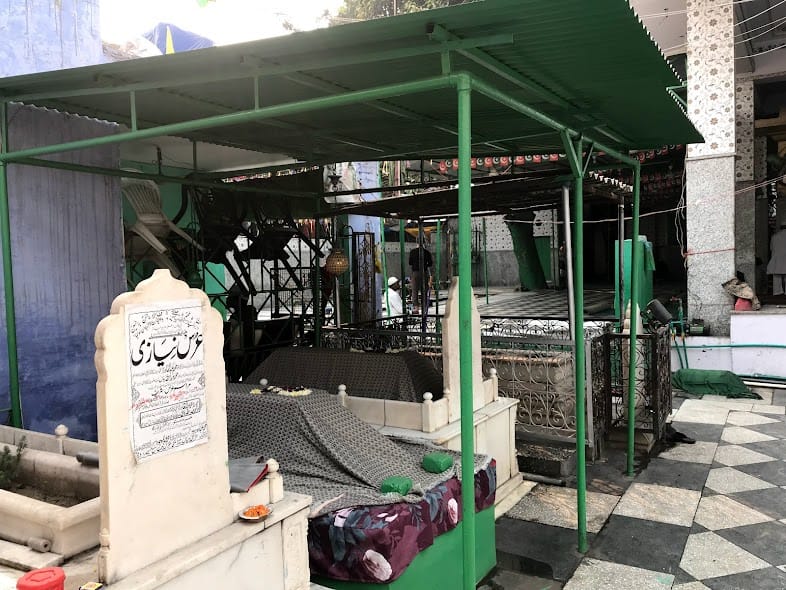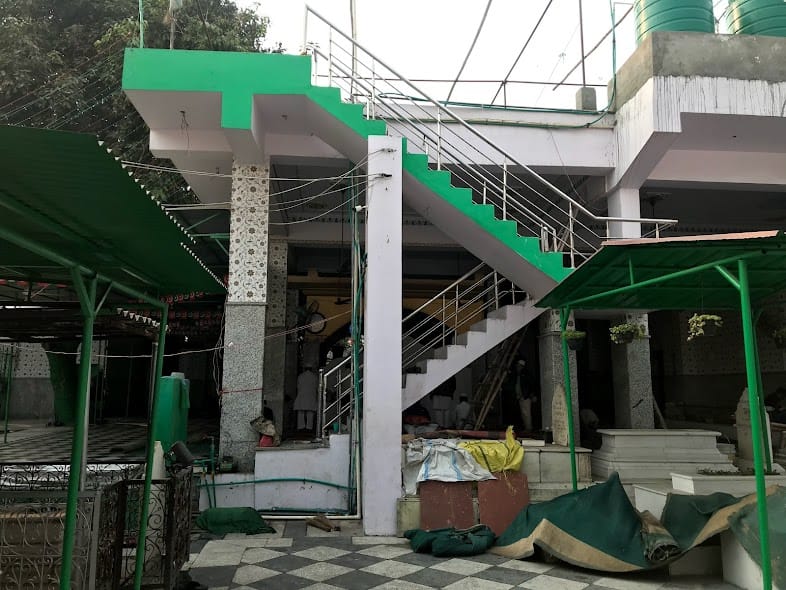



Shah Kaleem-ullah Jahanabadi was a prominent Sufi saint and the grandson of Ustad Ahmed Lahori, the celebrated architect of the Taj Mahal. Born and raised in Shah Jahan's newly founded capital, Shahjahanabad—also referred to simply as Jahanabad—Shah Kaleem-ullah gained immense respect for his piety and spiritual teachings in the city. As a Chishti Sufi, he followed the path of inclusiveness, welcoming disciples from various religious backgrounds, a practice typical of the Chishti order. Shah Kaleem-ullah lived during a significant period in Mughal history. His life coincided with the long reign of Emperor Aurangzeb, particularly during Aurangzeb's extensive military campaigns in the Deccan. Despite the turbulence of the time, Shah Kaleem-ullah thrived and continued his spiritual and educational work. He founded a madrasa that attracted numerous students from distant lands, offering them free board and lodging as part of his philanthropic and religious mission. His stature grew to such an extent that Aurangzeb himself, known for his austerity and religious devotion, ordered the construction of a Khanqah (a building used for spiritual retreats and gatherings) for the Sufi saint. Shah Kaleem-ullah's influence extended into the reign of Aurangzeb's successors. The Mughal emperor Muhammad Mu'azzam Bahadur Shah I, the son of Aurangzeb, became a disciple of Shah Kaleem-ullah in 1711, in the fourth year of his reign. This close connection to the Mughal royal family reflects the high esteem in which the saint was held. He passed away on the 24th of Rabi' al-Awwal in the year 1142 AH, corresponding to October 17, 1720, at the advanced age of over eighty years. His death marked the end of a long life dedicated to the spread of Sufi teachings and the promotion of spiritual harmony. The events following his death, particularly the upheaval of the 1857 Mutiny (also known as the Indian Rebellion of 1857), had a profound impact on his legacy. After the mutiny, the British colonial forces demolished much of the quarter in which his Khanqah had stood, as part of their punitive measures. However, in a rare act of preservation, his grave was left undisturbed, though it remained in a state of neglect for many years. In time, Khwaja Ghulam Farid, the spiritual guide of the ruler of Bahawalpur, took it upon himself to restore the dargah (Sufi shrine). He contributed a substantial amount of money toward the reconstruction of the site, bringing it back to its former glory. The dargah of Hazrat Shah Kaleem-ullah Jahanabadi is located between two of Delhi’s most iconic landmarks—the Red Fort and the Jama Masjid. Every year, an Urs (a commemorative event held on the anniversary of a Sufi saint’s death) is celebrated at his tomb, drawing devotees from all walks of life. The last Mughal emperor, Bahadur Shah Zafar, and other members of the royal family, were regular attendees at this annual gathering, further cementing the saint’s enduring influence on the city’s spiritual and cultural fabric. Among Shah Kaleem-ullah’s leading disciples was Nizamuddin Aurangabadi, to whom the saint wrote many letters on the intricacies and challenges of tasawwuf (Islamic mysticism). These letters, like his teachings, are valued for their deep insights into Sufism. Shah Kaleem-ullah left behind three sons and three daughters, though his sons were all minors at the time of his passing. His spiritual and educational legacy continued through his disciples and followers, ensuring that his influence extended well beyond his lifetime. The dargah remains a significant religious and historical site, embodying the deep-rooted Sufi traditions of inclusiveness, spirituality, and service to humanity that Hazrat Shah Kaleem-ullah Jahanabadi championed throughout his life.